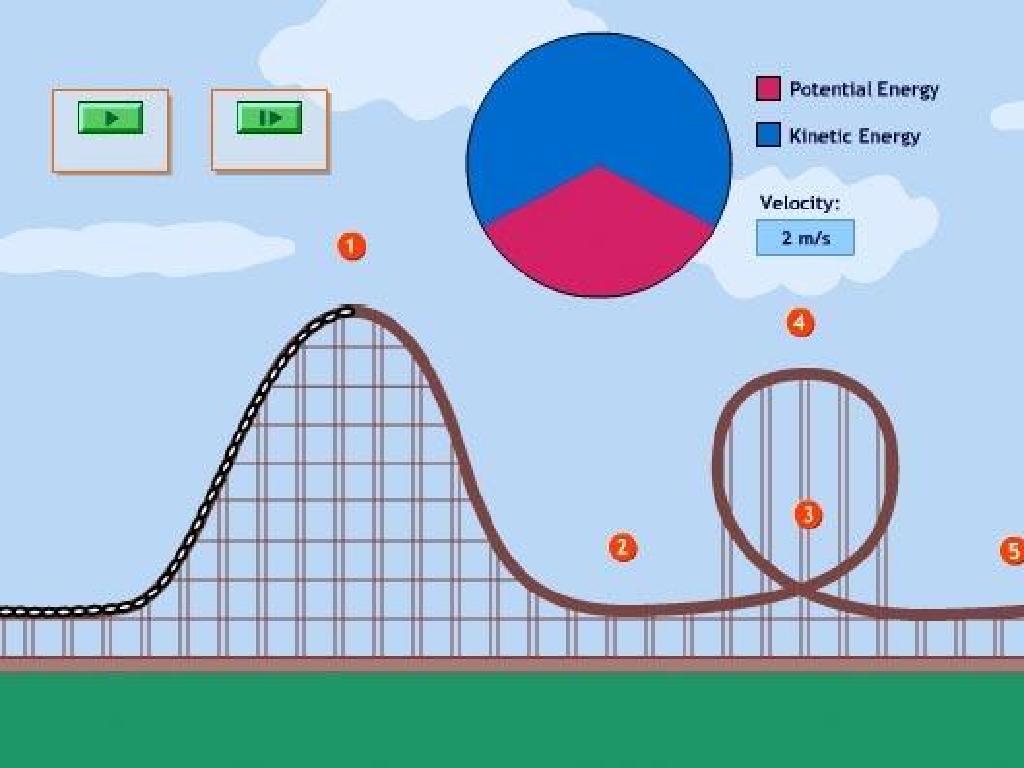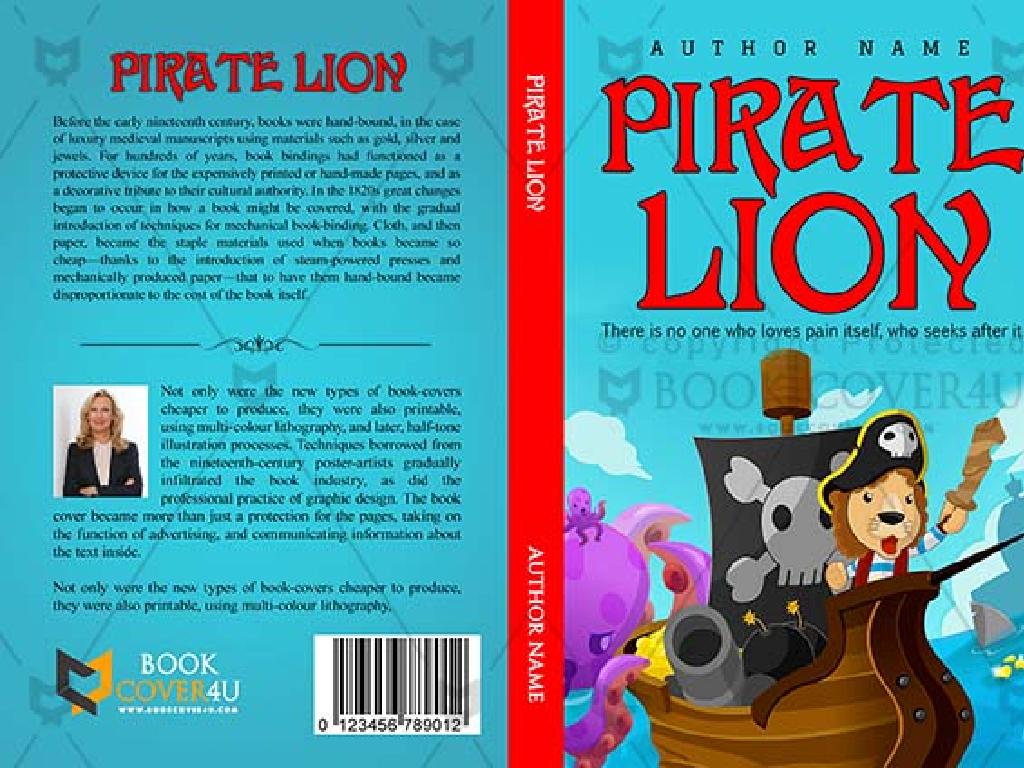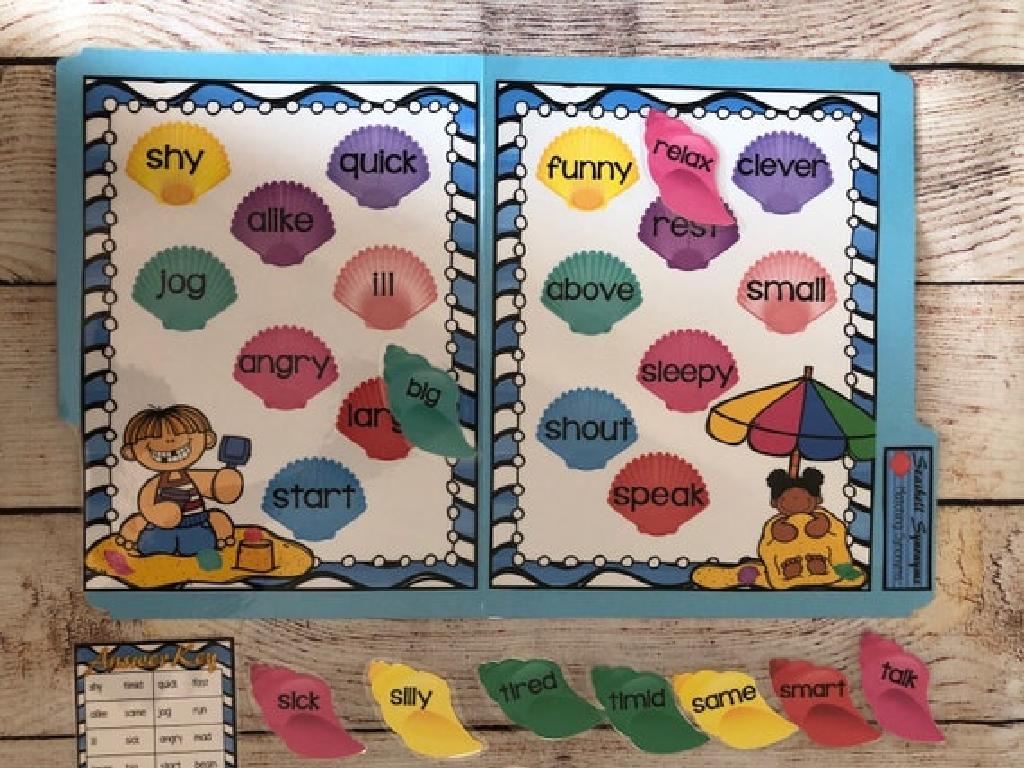Choose The Uppercase Letter That Matches: F, I, J, L, M, T, Y
Subject: Language arts
Grade: Kindergarten
Topic: Lowercase And Uppercase Letters
Please LOG IN to download the presentation. Access is available to registered users only.
View More Content
Welcome to the Alphabet!
– Learn big and small letters
– Uppercase vs. Lowercase
– Big letters are uppercase, small are lowercase
– Matching game with letters
– Match big letters to their small friends
– Focus on F, I, J, L, M, T, Y
– These letters will be our game stars today!
|
This slide introduces kindergarteners to the concept of uppercase and lowercase letters. Emphasize the difference between big (uppercase) and small (lowercase) letters. Use visual aids like flashcards to help students recognize each letter in both forms. The matching game should involve pairing uppercase letters with their lowercase counterparts, focusing on the letters F, I, J, L, M, T, Y. Activities can include letter puzzles, finding letter pairs in a timed challenge, or a simple memory card game with letter cards. Encourage students to pronounce each letter as they find a match to reinforce letter recognition and phonetic sounds.
Meet the Letters!
– Big letters: F, I, J, L, M, T, Y
– Say their names together
– F as in ‘Fish’, I as in ‘Igloo’
– Practice making their sounds
– J sounds like ‘juh’, L sounds like ‘luh’
– Match with lowercase letters
– Find the small letters that look like these big ones
|
This slide is designed to introduce Kindergarten students to uppercase letters and their corresponding sounds. Start by showing the letters F, I, J, L, M, T, Y on the board and encourage the students to say the names of the letters out loud as a group. Then, move on to practicing the sounds each letter makes, which will help in their phonetic development. Finally, engage the students in a matching activity where they find the lowercase letters that match the uppercase ones presented. This activity will help reinforce their understanding of the alphabet and the concept of uppercase and lowercase letters. For the activity, consider using letter cards, magnets, or writing on the board. Make sure to praise their efforts and correct gently, turning mistakes into learning opportunities.
Big and Small Letters: Match Them Up!
– Every big letter has a matching small letter
– Big letter F and small letter f
– Like two friends with different hats!
– They look different but are the same
– It’s like recognizing friends in different clothes!
– Practice matching other letters
– Try matching M to m, T to t, and more
|
This slide introduces the concept of uppercase and lowercase letters to Kindergarten students. Emphasize that while the big (uppercase) and small (lowercase) letters may look different, they represent the same sound and are the same letter. Use the letter F as a clear example, showing both its uppercase and lowercase forms. Encourage the children to see the fun in matching the letters, comparing it to recognizing friends wearing different outfits. Provide additional practice with other letter pairs and consider using visual aids or letter cards for a matching activity to reinforce the concept.
Letter Matching Game: Big and Small Friends
– Let’s play a matching game!
– Match big letters to small friends
– Starting with letter F
– Big F is looking for its small friend
– Find the small f
– Look for the little f that looks like a hook
|
This slide introduces a matching game activity to help Kindergarten students recognize and match uppercase letters to their lowercase counterparts. Start with the letter F and show a big uppercase ‘F’ on the board. Ask the students to find the small ‘f’ in their books or on a worksheet. Guide them by describing the features of the lowercase ‘f’, such as its hook-like shape. Encourage the children to look for the similarities and differences between the uppercase and lowercase versions of the letter. Repeat the activity with the remaining letters I, J, L, M, T, and Y, ensuring that each student has a chance to participate and match the letters correctly. This activity will help reinforce letter recognition in a fun and interactive way.
Practice Time: Matching Big and Small Letters
– Write big letter F and small letter f
– Remember, big F stands tall, small f is half its size
– Trace letters with your finger in the air
– Feel the shape of the letters as you move your finger
– Now try writing on paper with crayons
– Use your favorite colors to practice writing
|
This slide is designed for a hands-on activity to help Kindergarten students understand the concept of uppercase and lowercase letters, specifically focusing on the letter F. Start by demonstrating how to write both the uppercase ‘F’ and lowercase ‘f’ on the board. Encourage the students to first trace these letters in the air with their finger, which helps with muscle memory. Then, have them practice writing the letters on paper using crayons, which adds a fun element to the learning process. Provide guidance on the size and shape differences between the two forms of the letter. This activity not only reinforces letter recognition but also develops fine motor skills. Have extra paper available for practice, and walk around the classroom to assist and encourage students as they work.
Letter Matching Detectives
– Match uppercase to lowercase: I, J, L, M, T, Y
– Find the small ‘i’, ‘j’, ‘l’, ‘m’, ‘t’, ‘y’ for their big partners
– Use your detective eyes to find pairs
– Look carefully, some pairs are tricky!
– Notice similar and different letters
– ‘I’ and ‘i’ look alike, but ‘T’ and ‘t’ are different
– Practice makes perfect letter detectives
|
This slide is designed to help Kindergarten students recognize and match uppercase letters to their lowercase counterparts. Encourage the students to look closely at the shapes of the letters to find their matches. Point out that while some letters look very similar in both forms, like ‘I’ and ‘i’, others can look quite different, such as ‘T’ and ‘t’. Use visual aids like flashcards or a whiteboard to demonstrate. Organize matching activities and games to make this exercise interactive and fun. Reinforce learning by praising students for correct matches and gently correcting mismatches. The goal is to build familiarity and confidence in identifying both forms of the letters.
Class Activity: Letter Hunt Adventure!
– Explore the classroom on a letter hunt
– Find objects starting with big letters
– Match objects to letters F, I, J, L, M, T, Y
– Example: ‘Fan’ for ‘F’, ‘Ink’ for ‘I’
– Share your findings with the class
|
This interactive activity is designed to help Kindergarten students recognize and match uppercase letters with objects that start with those letters. Set up the classroom with various items that begin with the letters F, I, J, L, M, T, and Y. Guide the students as they search for these items and encourage them to say the letter out loud when they find a match. For example, they might find a ‘Fan’ and say ‘F’. This activity promotes letter recognition, phonemic awareness, and public speaking skills as they share their findings. Prepare to assist students who may need extra help and ensure that every child gets a turn to participate.
Review and Goodbye: Letter Match Recap
– Excellent work with letters today!
– Big letters are uppercase
– Uppercase letters are big like ‘F’ and ‘M’
– Small letters are lowercase
– Lowercase letters are small like ‘f’ and ‘m’
– Practice your letters at home!
|
Today’s class focused on identifying and matching uppercase letters to their lowercase counterparts. Reinforce the concept that uppercase letters are the ‘big’ versions and lowercase are the ‘small’ ones. Encourage the children to continue practicing at home by identifying letters in their environment, such as on book covers, signs, or in their favorite stories. Remind them to look for both big and small letters. In the next class, we can review their findings and continue to build their recognition skills. Great job today, and keep up the good work!


-makes-the-number-sentence-true---up-to-100/addition_subtraction_examples.jpg)



